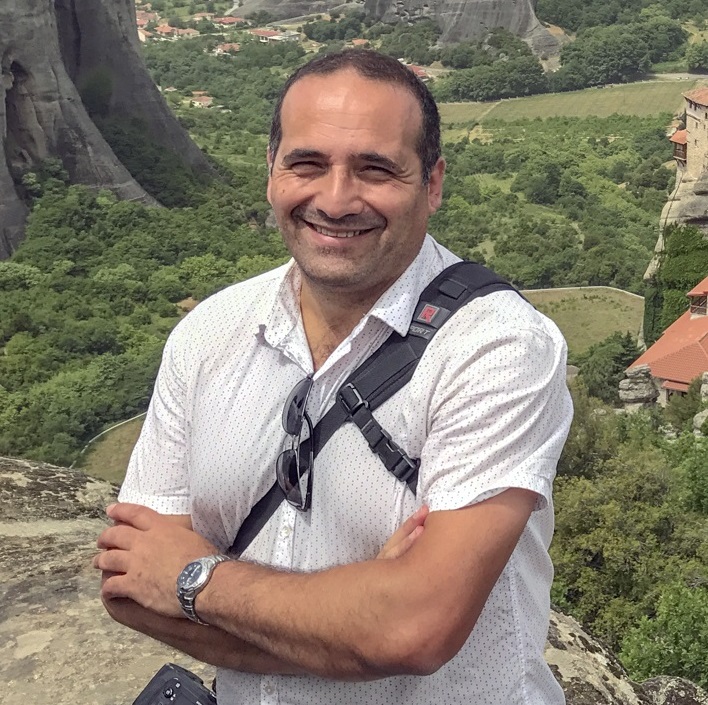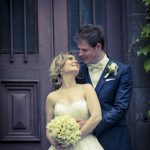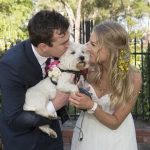
In my last post ‘Let me get inside your head (or tips for choosing a Wedding Photographer & Planning a successful wedding shoot) I ran through the key points that may be useful when choosing a Wedding Photographer.
A Photographer brings a wealth of knowledge and experience to every shoot. The final shot is the end result of loads of planning, emails, consultations, brainstorming and finally shooting. I approach every shoot in the same way no matter if it is a Wedding or a Commercial shoot.
Let’s be honest, I have a tendency to ask a LOT of questions. At the end of the day these questions will be the formation of my shot list or plan for the day. I use this approach for every assignment I take on – no matter the size of the shoot. Remember image making is all about selling a dream.
A browse through my website will show you my range – you have my carefully studied travel/lifestyle photography, the sure fire speed of sport photography, the intimate moments of a wedding, as well as the careful planning required when shooting in the studio for a client. The life of a Photographer is certainly not a boring one. You need to be on your toes and have a good idea of what is required to complete a job successfully for the client and for yourself. Planning and time management are perhaps two of the key elements when planning a shoot.


The next time you are looking at engaging a Photographer see how many of the below pointers are covered off in your conversation.
1 > What will the shots be used for?
Social Media, Marketing or for a Brochure – why do you need to think about this?
It assists me to know how to shoot the shots for e.g. most websites display images in a landscape orientation so there is not point shooting in a portrait orientation if it won’t work on your website.
2 > Are Model or Property releases discussed?
Model & Property releases are required for any shoot that is likely to have a commercial purpose. A professional photographer will be able to guide you through this minefield and will usually know what the issues are and even who to talk to.
I shoot a lot of Stock Photography for Getty Images – the image below was shot during White Night in Bilbao, Spain. In order for me to be able to submit this shot for a image library who will license the image for anything from simple brochures through to billboards I would have been required to get permission from the creators of the artwork keyframes (neon men on the building) as well as the authority who manages the town hall.

3 > What is the brief?
What message should the shots convey? The more information you give the Photographer at the initial stages the more likely you are to be happy with the final images. I always ask for a brief – some people are amazing at supplying this to me – a good brief will normally have everything in it from start times, who will be at the shoot, when product will arrive, information about what the shots are trying to achieve etc… A good brief should be able to paint a picture of what the client is after and also the expectations they have for the images.
4 > Contingency
A contingency plan is essential when working with clients. What happens if a shoot you’ve been planning for weeks is run off the rails due to poor weather. Sometime you simply need to press ahead. A part of the planning process is the need for a contingency. This is a joint responsibility especially if the shoot is on a location and cannot be easily re-located.
Don’t be afraid to ask the Photographer what their contingency is – you may be surprised. Discuss your contingency with the Photographer so that you can work out a solution that is achievable.
5 > Timing
These days everything we do is time sensitive – whether it is newsworthy, the launch of a product or event. We live in an age where the pressure to deliver quickly is important. So be clear from the outset when you need your images. I always ask this question and if anything I always try to surpass the clients expectations.
My approach for delivery is usually negotiated with the client. I will always find out if the client needs anything urgently so I can assess when the job is required. The days of taking weeks to deliver a job are well and truly over. The only exception to this is weddings.
The process of completing a wedding is very different and you are usually afforded the benefit of time to delivery a job. I tend to deliver initial shots to a couple 3 weeks from the wedding with select shots emailed to them over this period. Weddings are approached with a storytelling headspace so this partly explains why I deliver them at a slower pace to all my other work.
Everyone will approach a shoot differently but remember you are not only buying in a creative talent with a camera but the years of training and on the job experience that they have worked hard to gain.
So, next time you ask yourself, if you need a photographer think about the experience they bring to the table and how much easier it will be if you engage somebody whose sole purpose is to create images for your next campaign, event etc – as a friend of mine said in frustration one day ‘when will people realise it’s not the camera but the experience of the person shooting that creates great images’
What are your thoughts and experiences when working with creative’s?







Comment
Great advice Mark.